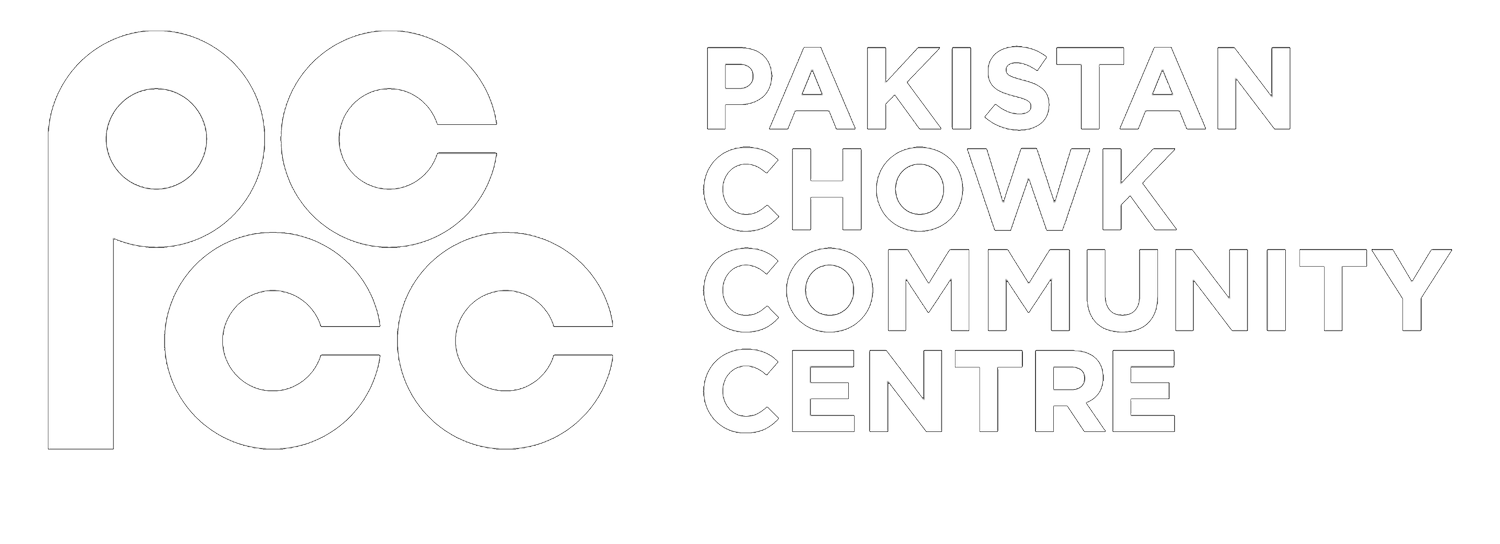Article in Daily Dawn by Haneen Rafi, October 01, 2018
KARACHI: History buffs, lovers of art and architecture, and a few young souls wanting to learn more about the city’s rich cultural and architectural heritage, gathered at Pakistan Chowk early on Sunday morning to take a walk through the surrounding mohalla.
Organised by the Heritage Walk Karachi (HWK), a project of the Pakistan Chowk Community Centre, the purpose of the walk was to allow people from different walks of life to engage with the area of Old Town, and enable them to explore their historical treasures, outside the restricted category of pictures.
A guided tour was organised and the group carefully explored new alleys, streets, buildings, structures and spaces, most of which form part of an invaluable historical treasure of the city. Unfortunate is that these structures are marred by rapid urbanisation; the expansion of families has compelled residents to either abandon these buildings, or renovate them as per their need with no regard for how to preserve the cultural and architectural heritage of the buildings.
The initiative to revive Pakistan Chowk, spearheaded by architect and heritage consultant Marvi Mazhar, has had to battle institutional apathy and indifference yet has thrived as a centre of learning and research with regards to Karachi’s rich heritage.
Ms Mazhar was present at the start of the tour to reiterate the need to “both preserve and activate the memories and memorabilia of Old Town, by simultaneously archiving and exhibiting it.”
She spoke about how the walk takes one into the core of Old Town to witness “the dynamics between heritage, urban developers and the civil society. The city is changing massively every day; the facades that you see today might be completely empty from the inside and dilapidated, yet the law says you have to retain the skin of the heritage which is a controversial stance as you will see many buildings left to rot beyond repair so that you have to eventually demolish it.”
Participants had to pay a small fee to register for the walk and a list of instructions was sent to each. A large focus of the walk was to introduce to people the influence of different religions and communities on its architectural fabric, and the need to respectfully engage with the different spaces.
The tour was headed by Shaheen Nauman, who is project coordinator at HWK, who diligently shared small details about the different buildings and historical spaces the city was once proud of.
Starting off with the Sarnagati Building, which is located at Pakistan Chowk, Ms Nauman shared that the red sandstone building’s first floor in the 1960s was donated to the British Council and turned into a library. Apart from that an art studio for emerging artists, a printing press and publishing house, and headquarters of Sindh Sudhar Society were also present in it; the building, she said, was the place from where many quarterly publication like Ismat and Saraswati were launched, circulated and distributed.
The Sevakunj hostel building was built by a Hindu trust and Ms Nauman shared how the building was once the hub of student movements, and cultural and educational activities in the area. “A block style building, the hostel rooms used to be so big that they were shared by two students. It is also said that stacks of books would be placed between the two occupants for some privacy.”
Whether it was the Sadik Manzil or the 1918 established Dhani Ram building, it was plain to see that the heritage of the city is eroding away with no concern for the time when there is nothing left to preserve.
Shabby renovations of jharokas, and a blatant insult by painting stone carvings in tacky colours, were a usual sight. The walk was a grim reminder for how we take our history and heritage for granted, be it the institutions responsible for preserving it, or those individuals who either own or live in such buildings. The streets too were littered making it hard to navigate the pavements and overall the areas were in a state of neglect and decline.
Ms Mazhar reiterated how Pakistan Chowk — initially a neglected space and dilapidated beyond recognition — was rehabilitated and much effort, including finances were funnelled in for this initiative. However, the authorities concerned are uninterested in its upkeep and maintenance despite repeated reminders.
